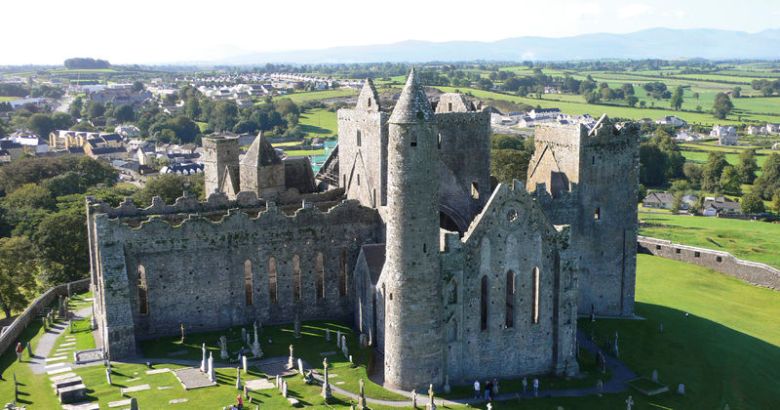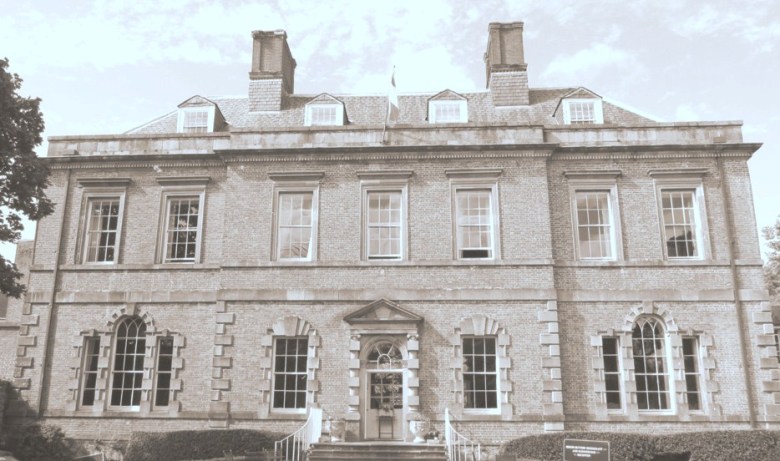THE ROCK OF CASHEL – HOME OF CELTIC KINGS

Deeper consideration reveals that it was, of course, a home, a fortified magnificent home to the Kings of Munster who ruled over an area comprising the whole south of the island of Ireland.

It was also easily defendable, always an important consideration when basing your centre of power.
The MacMutfraichs

The O’Briens
Move into the 11th century and we discover that King Muircheartach O’Brien gifted The Rock of Cashel to the church. So now, The Rock moved from royal ownership to become an ecclesiastical site. Today, most of the buildings you will see on you visit emanate from that period.
The ARCHBISHOPS
Cormac’s Chapel which you can enter on your visit was consecrated in 1134. The magnificent Round Tower was probably built around the same period.
Every archbishop needs a cathedral and the one you will see on site today was built between 1235 and 1270.
Again, let’s fast forward to the 15th century when the then archbishop had a castle built for himself. When you visit, ask your guide to point out the five-story castle towerhouse which was added on the west-end of the cathedral.

The REFORMATION
Closer to Ireland, King Henry VIII wished to seek a divorce from his then wife, Catherine of Aragon. This was declined by The Pope which prompted Henry to establish himself as head of the church in Britain and Ireland. When Elizabeth I became queen, she went further by establishing the Anglican Church. As a result, all churches in Ireland became Anglican. Of course, there were other considerations which are beyond the scope of this journal. Just keep in mind that Irish political and social life has always been influenced by developments primarily in Britain, but also across Europe.
Henry’s decision to split from the Catholic Church and Elizabeth’s decision to establish the Anglican Church had huge implications for the Catholic Church in Ireland.
For The Rock of Cashel, it meant the appointment of first protestant bishop, James MacCawell, who took up residence in 1567.
Cromwellian Forces

From then on, The Rock of Cashel went into decline and the ruins you see today remain from that time.
BISHOP BOLTON

Recommendations:
- While visitors are welcome to wander around the site, we recommend visitors take a guided tour with one of the guides onsite.
- For visitors who would prefer a customised private tour, this can be arranged through us combining it with a private visit to a local manor house or castle.

DISCOVER A HIDDEN IRELAND
Our Journal Writers are passionate about the special people and their special homes that inspire them to write and share their experiences. Join our club of fellow travellers and heritage enthusiasts reading their stories of discovery around Ireland.
Join the community for Ireland’s roads less travelled and sights less seen.

